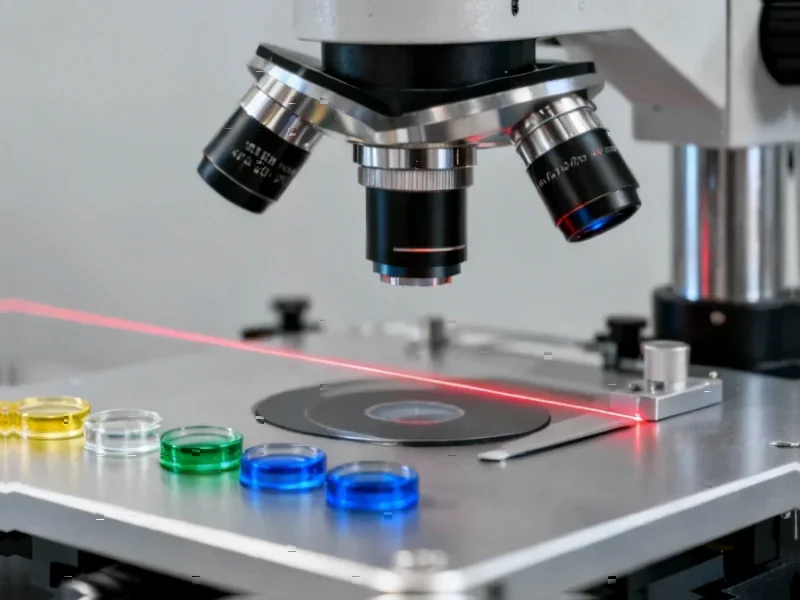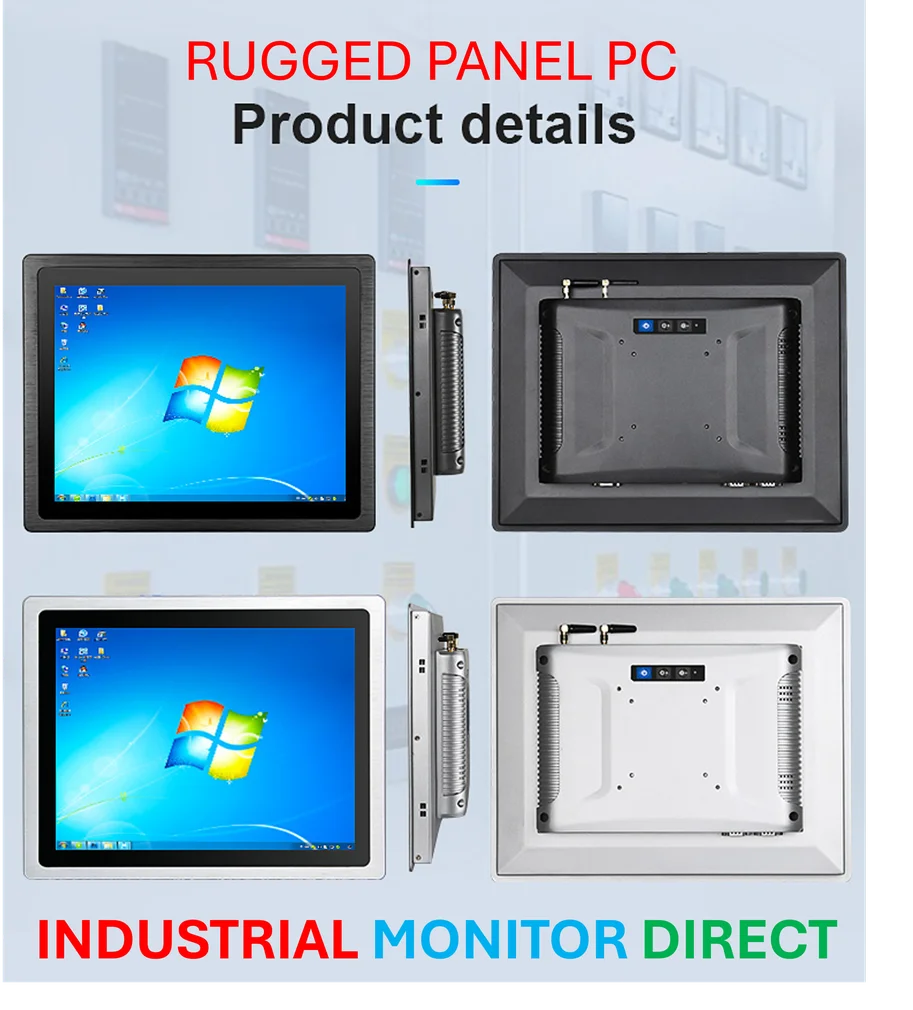According to Embedded Computing Design, embedded devices actually mimic human thinking patterns through sophisticated data management systems. The process starts with sensors ingesting signals into embedded databases that provide deterministic writes, time-stamped context, and power-fail safety. These systems then use stream processing pipelines to turn raw samples into compact features before on-device machine learning models perform inference to make decisions in milliseconds. Results and key history records get indexed for fast recall while observability tracks drift, errors, and resource health. With selective sync, only summaries and outliers go upstream for retraining, creating a complete collect/store/transform/infer/act/learn loop that makes devices feel genuinely intelligent.
The Brain Divide: MCU vs MPU Thinking
Here’s where it gets really interesting. The article makes this brilliant comparison between microcontrollers and microprocessors that basically explains why some devices can only do simple tasks while others seem genuinely smart. MCUs are like that friend who can only remember three things at once – they need tight routines, tiny fixed buffers, and simple time-series layouts. They’re all about predictability and bounded latency.
Meanwhile, MPUs are like someone with photographic memory plus a personal library. They can keep rich histories, run multiple indexes, handle heavier analytics, and juggle concurrent tasks without losing track. It’s the difference between a reflex and actual reasoning. And this isn’t just academic – it determines what kind of “thinking” your device can actually do.
Why This Actually Matters for Real Devices
So why should you care about embedded data management? Because this is where the rubber meets the road for AI and IoT. All that machine learning hype means nothing if your device can’t manage data properly at the edge. Think about it – what good is a smart sensor if it loses data during a power failure? Or if it can’t make decisions fast enough because it’s bogged down in memory management?
The article points out that data management on MCUs is a completely different world than on MPUs. We’re talking kilobytes of RAM, limited flash with wear-out concerns, and hard latency budgets. This isn’t just scaling down server technology – it requires completely rethinking how data gets handled. That’s why companies like ITTIA spent years developing specialized embedded databases that actually work within these constraints.
Where This Is All Heading
Looking at ITTIA’s approach of treating their platform as a complete “digital body” for device intelligence, it’s clear we’re moving toward more integrated systems. The spinal cord and cerebellum analogy for MCU databases versus the cortex and hippocampus for MPU systems actually makes a lot of sense. Devices need both reflex-level determinism and higher-level reasoning capabilities.
The real breakthrough comes when these systems work together seamlessly – when the edge devices can handle immediate decisions while selectively sharing what matters with cloud systems for retraining and improvement. That’s when we’ll see devices that don’t just follow rules but actually learn and adapt. And honestly, that’s way more exciting than another chatbot that can write poetry.




